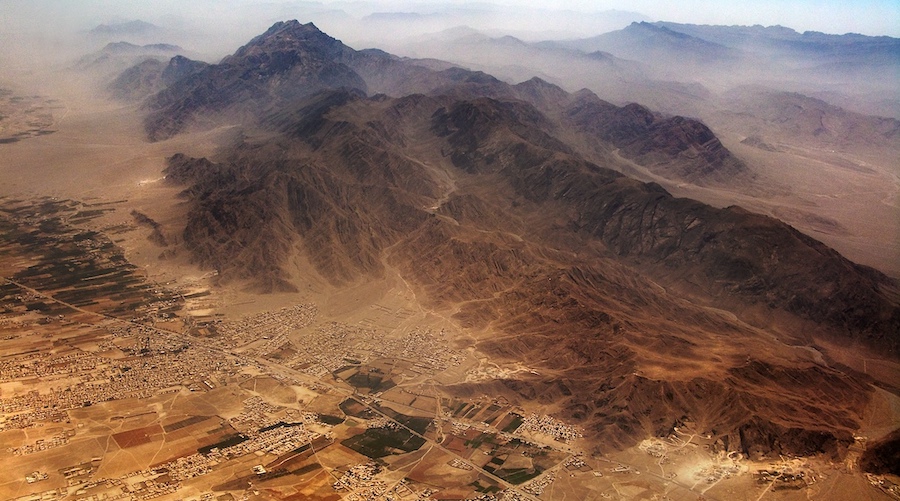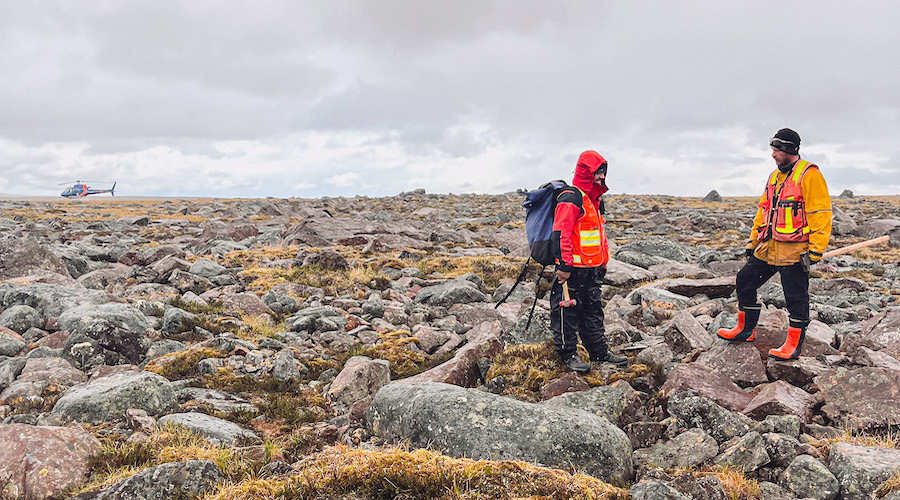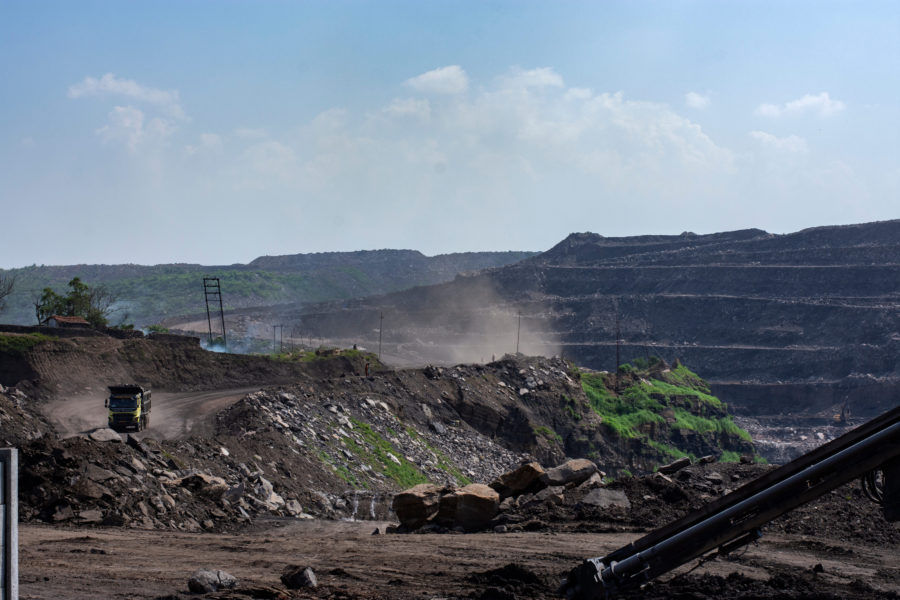Barrick bets big on Pakistan with $7 billion copper mine project

Barrick Gold Corp.’s first crack at building a copper mine in Pakistan was thwarted when the government denied it permits. A decade later, the company is making another — much bolder — attempt.
The Toronto-based miner laid out revised plans Tuesday for developing the giant Reko Diq copper-gold deposit in a desert region close to the borders of Iran and Afghanistan. Barrick shares rose 0.7% to C$32.33 at 2:05 p.m. in Toronto.
The conceptual design calls for the $7 billion project to be built in two phases, with each able to process about 40 million metric tons of ore a year and production starting as soon as 2027, Barrick said in a presentation on its website. The latest plan is double the annual throughput capacity and more than twice the investment estimated in a 2010 feasibility study.
Barrick is increasing bets on Pakistan while its Chilean partner, Antofagasta Plc, exists the project in preference for safer and closer jurisdictions in the Americas.
Among Barrick’s reasons are juicy returns: annual production of about 200,000 tons of copper would start just as the world faces a shortfall of a commodity that’s key to the the clean-energy transition, given how much is used in electric vehicles and renewable energy.

In addition, mines are getting trickier and pricer to build throughout the world with political risk on the rise, even in traditionally safer nations like Chile and Peru. As a result, Pakistan looks relatively less risky, just as a new centrist prime minister takes office.
Pakistan is now a 50% partner in Reko Diq, a type of arrangement that Barrick also had to adopt in Papua New Guinea, and one that gives host nations a more direct interest in seeing projects succeed. Barrick plans a full update of the Reko Diq feasibility study following last month’s agreement with Pakistan.
Barrick’s two-phase approach in the conceptual design gives the company a way to speed up first production while minimizing risk. A $4 billion first phase would cover initial crush, milling and flotation circuit, with output set to start in 2027-2028. A $3 billion second phase would encompass a parallel circuit that would fire up in five-plus years after phase one starts.
The latest design shows a mine life of 40-plus years, compared to the 56 years identified in the 2010 study that pegged initial costs at $3.3 billion.
Barrick also sees the project in southwestern Balochistan as “a springboard for further exploration and other mineral discoveries along the highly prospective Tethyan Metallogenic Belt.”
The company expects to close a definitive agreement with Pakistan in the second half and complete the feasibility update in 2023-2024. In the meantime, Barrick and its partners are seeking to raise “limited” recourse financing for the first phase.
(By James Attwood)
More News
Gates, Bezos-backed critical minerals explorer to ‘go big’ on Congo – report
April 27, 2025 | 08:27 am
{{ commodity.name }}
{{ post.title }}
{{ post.date }}



Comments
Carlos Gardel
The last time Barrick tried a mega project it was called Pascua Lama. Maybe they will hire the old team and try their luck again. What could go wrong?